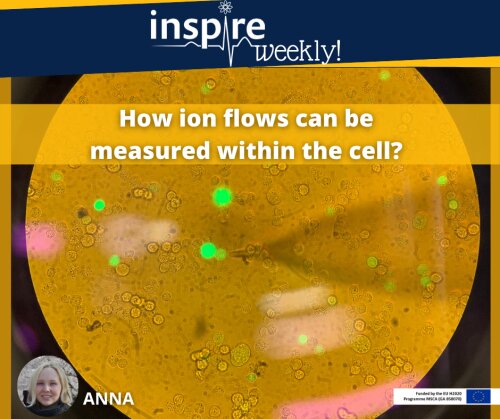14/07/2021 - Anna (ESR #15)

Electrophysiology is the branch of physiology investigating into the flow of ions (ion currents) using electrical recording techniques that enable the measurement of these currents. In my laboratory practice, I am using a common tool of electrophysiologists, a patch clamping experiment, which is an assay to evaluate ion flows of the cell. We are using this assay as the heart cells (cardiomyocytes) for beating require ion currents to interexchange between inner and outer parts of the cellular membrane, where the most important currents are potassium (K+), sodium (Na+) and calcium (Ca2+) [1]. A number of transporters for each of the ion currents are intercalated into the membrane serving as a gate opening upon change of the membrane’s electrical charge.
Therefore, to study the gating ability of ion channels in cells exposed to a drug, we apply a voltage range and measure the occurring response as an ion flow. For the electrical impulse and subsequent recording, two electrodes are used. One is in the microscope’s bath with the cells and another is situated in the glass micropipette, with a tip diameter of < 1 micrometre, which you can see approaching the cell on the photo. Here, I am going to record an ion flow in Chinese hamster ovary (CHO) cells in response to a drug causing side effect on human cardiomyocytes. Thereby, during my PhD project (‘’Personalized safety pharmacology against drug-evoked proarrhythmia’’), I would like to investigate the mechanisms when this off-target effect occurs.
References:
- Grant AO. Cardiac ion channels. Circ Arrhythm Electrophysiol. 2009 Apr;2(2):185-94.